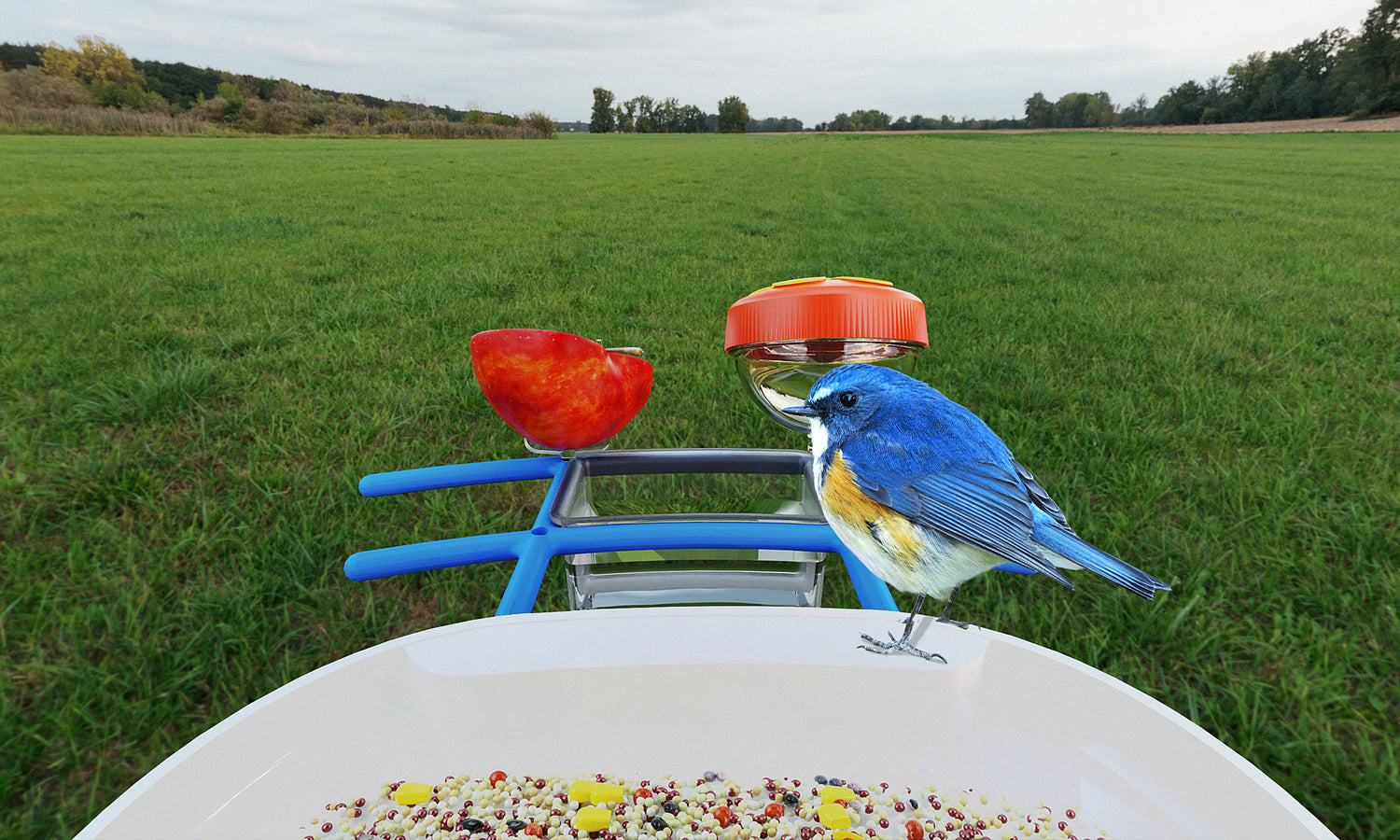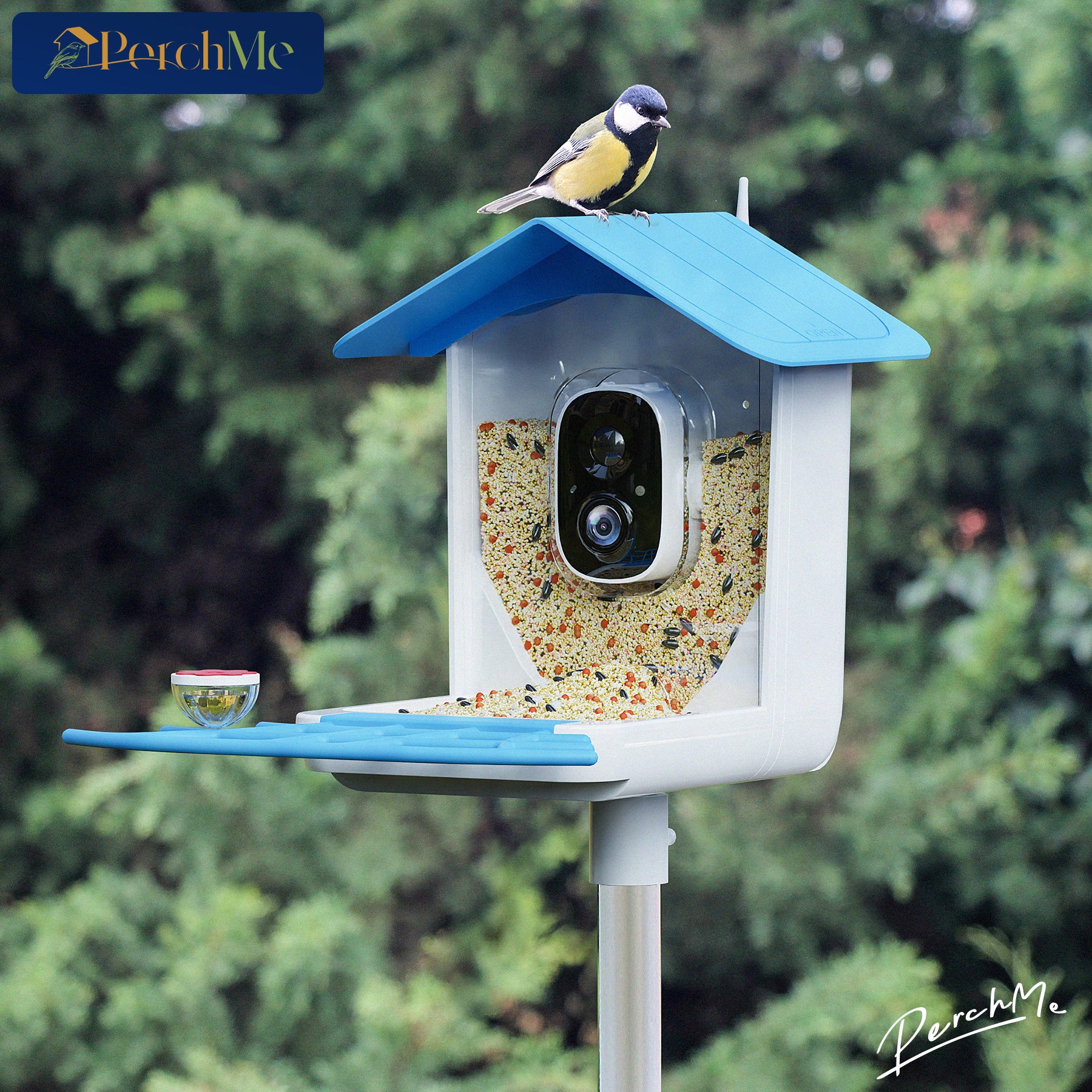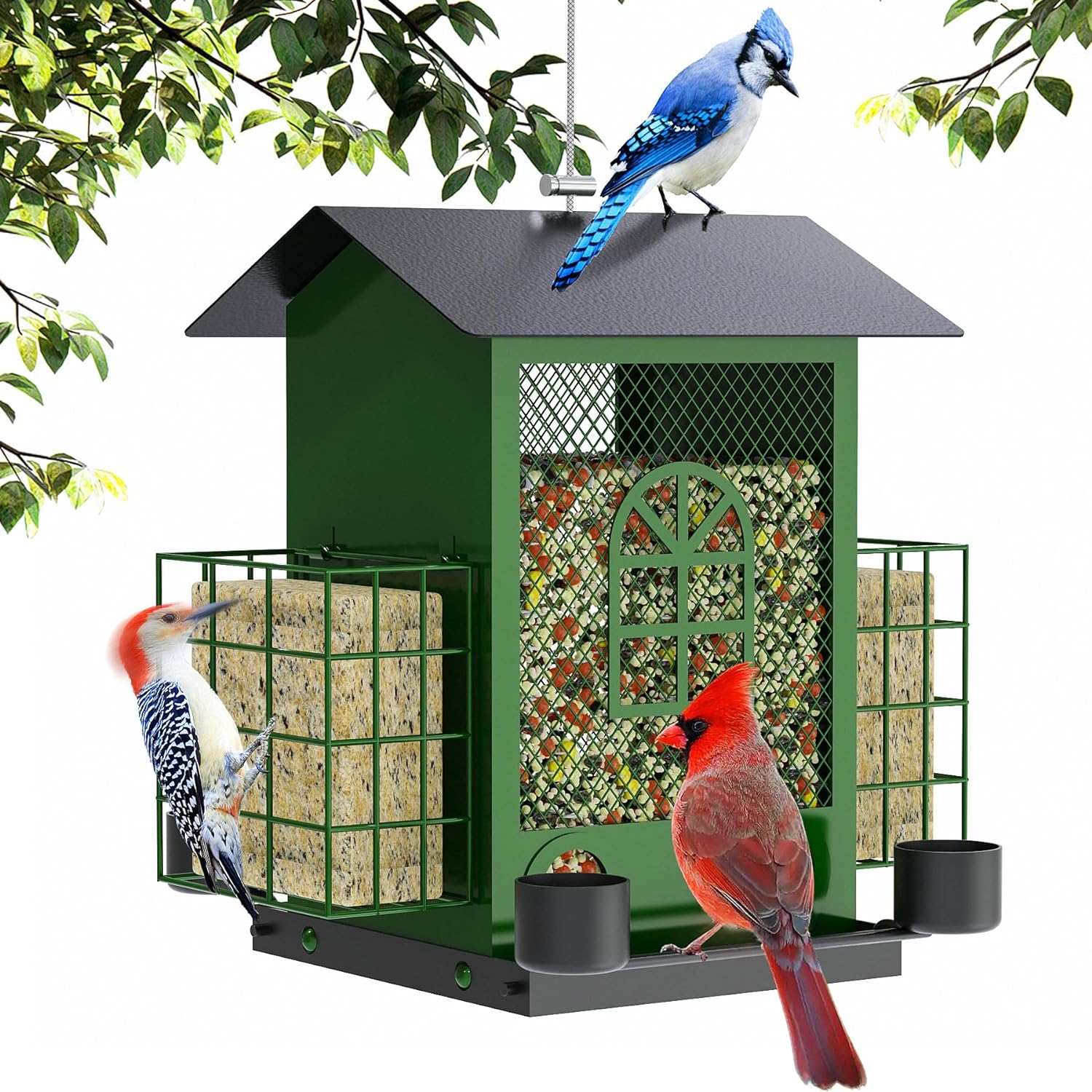Friends who like to observe birds must have had this question: the birds that usually sing on the branches and fly in the sky seem to suddenly "disappear" when it rains, so where do they go? Today, let's talk about this interesting and life-like topic.
In fact, many birds choose to hide in big trees with dense leaves when it rains. Like the common sparrows, they usually chirp and move around in front of and behind the house, but once it rains, they will quickly get into the big tree crowns with layers of branches and leaves. The branches and leaves of the big trees are like a natural big umbrella, which can help them block a lot of rain. There is an old locust tree outside my yard. Every time it rains, if you listen carefully, you can hear the low "chirp" of sparrows coming from the leaves. They hide there, which is relatively safe and can keep their bodies as dry as possible, waiting for the rain to stop before coming out to continue foraging and playing.

Some birds will fly back to their nests to hide from the rain. Like swallows, the nests they built with mud and grass stems are not only used to raise chicks, but also their "safe haven" in bad weather. Most swallows' nests are built under the eaves or on the beams, which are relatively hidden and can shelter from wind and rain. When it rains, they will fly back to the nest lightly, snuggle together, keep each other warm with their warm bodies, and avoid the cold raindrops outside. When I was a child, I especially liked to lie on the windowsill on rainy days, watching the swallow family quietly staying in the nest. The picture was so warm, and I felt that their little nest became the most stable place in the rain.

Some birds will also look for some natural caves to take shelter from the rain. For example, woodpeckers usually peck holes in tree trunks to find insects to eat, and sometimes those tree holes they peck out are used as temporary "shelters". When it rains, woodpeckers will get into a suitable tree hole and hide themselves. The space of the tree hole is relatively closed, which can well block the invasion of rain, allowing them to stay inside comfortably. Moreover, such places are often relatively hidden, and some natural enemies are not easy to find them, which can be said to kill two birds with one stone.
In addition, birds in cities sometimes choose to hide in the gaps of buildings or under awnings. For example, the cracks in the walls of high-rise buildings, behind the air conditioner outdoor unit, or under the awnings of street shops may become good places for birds to hide from the rain. I once saw a few white-crowned sparrows landing on the awnings at the door of a coffee shop on the street when it rained. They shook off the water drops on their bodies from time to time and waited quietly for the rain to stop. They seemed to know that in this bustling city, these man-made "little corners" can help them get through the wet time.

So, next time it rains, we might as well pay more attention to the corners around us, and maybe we can find the birds hiding from the rain. Although they are small, they also have various clever ways to deal with rainy days. Nature is so magical that it has given birds these survival wisdom, so that they can find their own "dry world" even in the face of wind and rain. I hope that when you see birds that have disappeared in the rain in the future, you will know where they are hiding, and you can also understand these cute little creatures better.















Dejar un comentario
Todos los comentarios se revisan antes de su publicación.
Este sitio está protegido por hCaptcha y se aplican la Política de privacidad de hCaptcha y los Términos del servicio.